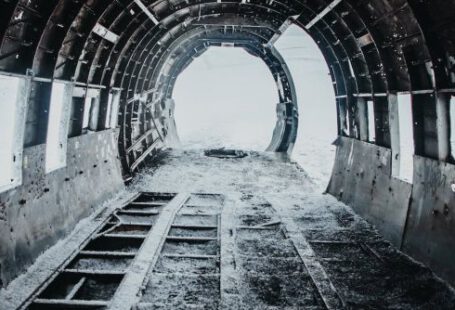Are you planning to use lifting gear? Choosing the right lifting gear is a must for ensuring safety, preventing wear and tear of equipment, and ultimately, reducing the risk of costly accidents. But with so many different types of lifting gear on the market, it can be tough to know where to start. This article offers some useful insights to help you select the ideal lifting gear for your job.
Types of Lifting Gear
Before you can choose the right lifting gear, it’s important to understand the different types available. Here are the main types of lifting gear to consider:
- Slings: Slings are the most common type of lifting gear, and they’re used for attaching the load to the lifting device. They come in a variety of sizes, materials, and styles, so you’ll want to select one that’s appropriate for your load and the environment.
- Hoists: A hoist is a mechanical device used for lifting and lowering heavy objects. There are three main types of hoists—chain, cable, and wire rope. Each type has its own advantages and disadvantages, so it’s important to select the right one for your job.
- Grips: Grips allow you to attach a load to a lifting device without using a sling. They’re typically used in situations where slings can’t be used, such as when the object is too large or has an irregular shape.
- Spreaders: Spreaders are used to lift and support large objects. They’re typically used in conjunction with slings, hoists, or cranes and can be made of metal or synthetic materials.
- Crane attachments: Crane attachments are used to move and position loads, such as pipes or beams. They come in a variety of sizes and styles, so you’ll need to determine the right one for your application.
Factors to Consider
Once you’ve identified the type of lifting gear you need, there are several important factors to consider before making a purchase. Here are the key factors to keep in mind:
- Load capacity: The load capacity of the lifting gear should match the weight of the load you need to lift. If the weight of the load exceeds the capacity of the lifting gear, the equipment may fail, resulting in potential injury or damage.
- Environment: The environment in which the lifting gear will be used must be taken into consideration. For example, if the equipment will be used outdoors, it should be able to withstand wind, rain, and other environmental conditions.
- Safety features: Make sure the lifting gear you select has the necessary safety features, such as a locking mechanism, overload protection, and a safety switch. These features are essential for preventing accidents and ensuring the safety of those using the equipment.
- Maintenance requirements: Some types of lifting gear require more maintenance than others. For example, wire rope and chain hoists require more maintenance than cable hoists, as they need to be lubricated regularly. It’s important to consider the maintenance requirements before selecting the right lifting gear.
- Cost: Cost is an important factor to consider when selecting lifting gear. While it’s important to find a quality product that meets your needs, it’s also important to find one that fits within your budget. Compare prices and features to find a product that meets your needs without breaking the bank.
Tips for Choosing the Right Lifting Gear
When choosing the right lifting gear for your job, it’s important to take the time to compare different types and brands. Here are some tips to help you make the right selection:
- Do your research: Make sure you understand the different types of lifting gear available and the features each type offers. Research different brands and read customer reviews to get a better understanding of the products.
- Understand your needs: Consider the type of job you’re doing and the environment in which the equipment will be used. Determine the size, weight, and shape of the load, as well as the safety features and maintenance requirements for the lifting gear.
- Consult an expert: If you’re not sure which type of lifting gear is best for your job, consult a professional. An experienced lifting gear expert can help you select the right product for your needs.
- Check for quality: Make sure the lifting gear you select is of high quality. Check for certifications, such as the EN Standard, and make sure the product is durable and reliable.
Conclusion
Choosing the right lifting gear is essential for ensuring safety and preventing accidents. It’s important to understand the different types of lifting gear available, as well as the factors to consider when selecting the right product. Doing your research, understanding your needs, consulting an expert, and checking for quality are all important steps to take when selecting lifting gear. With the right information and guidance, you can choose the ideal lifting gear for your job.






